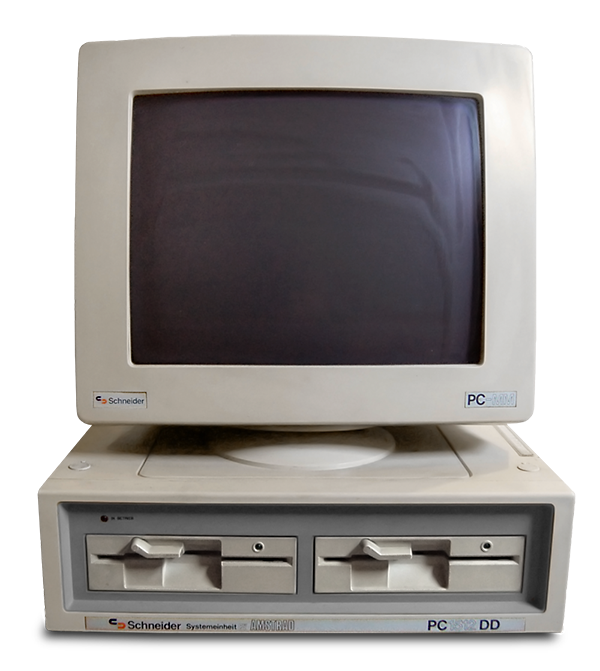
Internet attacks crash computers
Internet and computer failures spread chaos across the world beginning last Friday (12th May) as a criminal, or criminal gang, released a malware virus to hijack and hold computer systems to ransom. A much bigger problem than the one I covered last year with my article for the BACOMM course blog on the Transient Internet (8 Jan 2016) A different cause admittedly this time, but an even more catastrophic outcome as the all-digital systems and internet and network linked systems have again shown that when they fail to be sufficiently robust everything grinds to a halt.
“This seems foolhardy – [ …….. ] but ending the tried and tested back-up system for electronic trading does seem to be short-sighted in the light of these recent issues, all of which can be expected to recur.” from my earlier article – Jan 2016.
What is of concern is that, 17 months on from the problems of January 2016, society does not seem to have done anything about this predictable issue of occasional, serious and widespread, system failures. Vital systems like prescription issuing and other medical records are now 100% digital, in many highly important, and system critical internet and network linked processes there is apparently not an analogue based system or record keeping method that can kick-in and replace the digital when it fails. There may well be a generator on stand-by for when the power fails, but no back up for the internet based system, which, given that the internet was developed to provide just that resilience to communications, is a farcical scenario.

Ambulance (privatised patient transport) image from 2015. (Author’s own)
Emergency planning thoughts
I retired as an Emergency Planning Officer in 2008. The above is a worrying trend that had begun before I retired. Then it was the Blackberry phone that was the latest in hi-tech all singing, all dancing kit, the latest “sexy” must have gadget and older, more robust systems, like RAYNET were under threat of displacement. There was a perception among many of my younger colleagues that the idea of a radio operated from the back of a car or Land-Rover was unfit for purpose in the 21st Century; despite low battery life on the phones compared to running a radio rig off a full-tank of fuel. True there are many things computerised systems and modern cell-phones can do that older provision either can’t do or does much slower but there needs to be resilience and back up. The internet is brilliant, but it is a flawed brilliance, as the last few days have shown.

An Amstrad PC1512. This image is reproduced under Creative Commons rights. Amstrad_1512_DD.jpg: KoS derivative work: Ubcule (talk) – Amstrad_1512_DD.jpg
I am not anti-computer by any means, I use PC, lap-tops, tablets, smart phones and the internet all the time, and was heavily involved with introducing IT and the internet into office systems from the pioneering days of the desk-top PC revolution of the 1980s, with early machines like the Amstrad above, through to retirement. I still use them nowadays in my secondary career as historian/writer. We have left the analogue world behind, probably for ever in the mainstream, but also appear to have lost some of the caution and planning that went into system design in days that aren’t that long ago in real-time but are an eternity in computer progression time. Don’t overlook the need for an analogue back-up with a simple pen and paper based option for when the fancy IT system fails.
Do they save businesses money today?
The savings from IT were huge when the simple PC systems first arrived; repetitive re-keying and redrafting of work meant the shedding of labour among an army of clerical workers, typists, drawing office staff and the like, and the PC systems themselves were not that expensive. All that has changed, we can do more, we expect more, and the systems require ever more costly experts to get the best out of them. The systems themselves have also now become expensive too, arguably not in hardware but software. The labour costs shed by the loss from payrolls of relatively low-paid operatives has been replaced by much more expense on hiring IT specialists. Pause for thought and the catch-22 scenario; without this highly expensive kit the NHS can’t perform many of today’s medical procedures but the sheer cost of it means there is no money left over to hire, and adequately pay, the ordinary ancillary staff and the nursing and other care professionals needed on the wards. We can diagnose the problems with this expensive kit, but can’t afford to keep the wards open to undertake the cures.
IT is not going to go away, but there is a need to think through the result of our headlong rush to adopt digital systems without a thought for how to process their tasks when they inevitably fail, sometimes catastrophically. 2016 (January), 2017 (May), 2018 – ???
